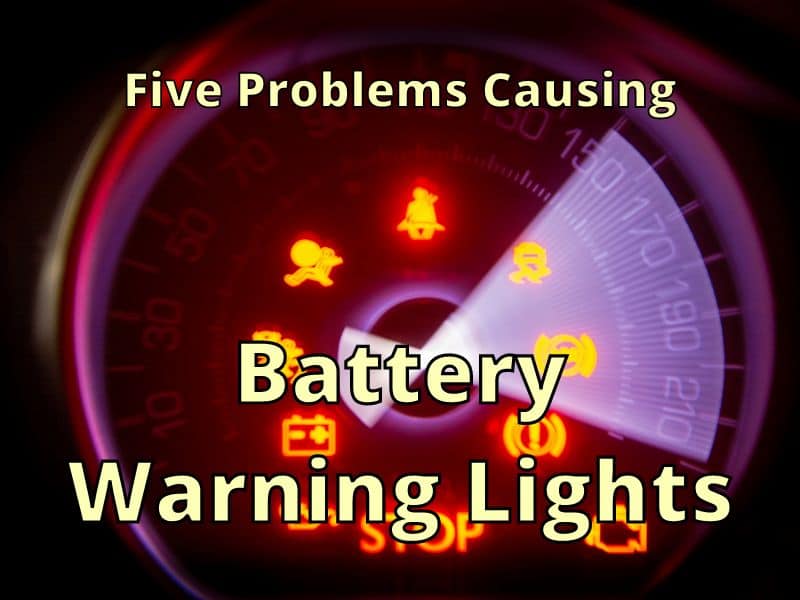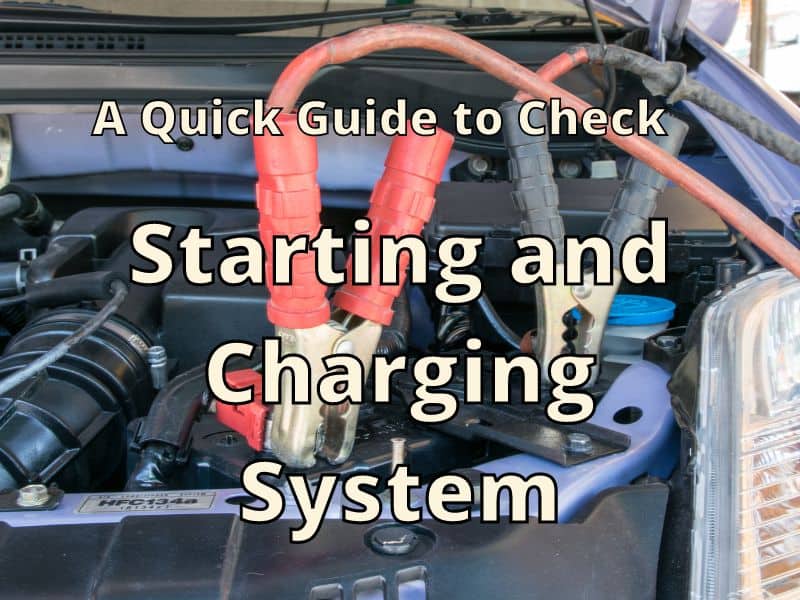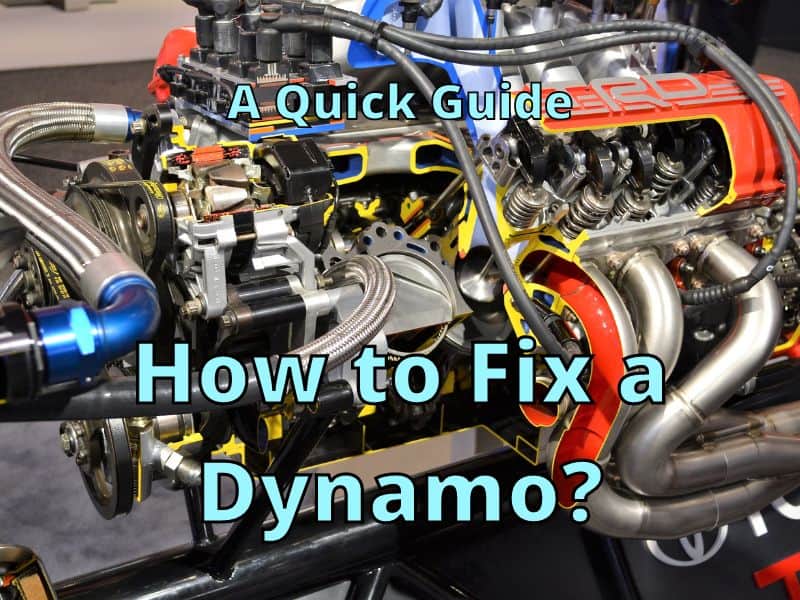A weird car noise is enough to send most drivers into a panic, especially those who do not know a lot about cars. Well, you have a legitimate reason to be scared. In some instances, it could be a sign of a problem that needs immediate attention. However, there are also instances wherein these noises are not a reason to be alarmed.
Here are some of the most common car noises you can hear while driving.
- Squealing Engine Noise
- Bad Noise from the Brake
- Clicking While Turning
- Loud Tire Noise
In the rest of this post, we will have a quick look at some of the most common car noises you can hear while driving. We will not only identify the causes but also dig deeper into the best things you can do. Some of the solutions can be completed even on your own, while there are also more complicated things that are best to be handled by an experienced mechanic.
Common Car Noises
Squealing Engine Noise
This is the type of noise that can be heard almost in an instant after turning on the engine. As we all know, the engine is the heart of the car. Therefore, when there is a noise coming from the engine, you should immediately check it out. It is a serious problem that could be costly to repair when not resolved as soon as possible. This could also put your safety at risk.
Among others, the worn-out serpentine belt is one of the most common causes of squealing engine noise. Through years of driving, it could have already given up. Sometimes, all that you have to do is to readjust the belt.
However, a replacement is warranted when it is old or worn out. This is necessary because the belt controls the other parts of the engine system, such as the compressor and alternator.
It is also possible that the problem is with the belt’s tension. If the tension is too tight, it could put more stress on the different parts and can be the reason for the noise. If it is too loose, on the other hand, it can make a wobbly sound. A quick inspection and readjustment of the tension will help.
Aside from the serpentine belt, the failure of other accessories to function properly can also be blamed for the weird noise made by the serpentine belt. The pulleys, for instance, could be the ones that are causing the noise.
Bad Noise from the Brake

Another common noise you can hear would be from the braking system. If you have parked outside and you hear the noise shortly after driving, this may not be a cause for concern. The rotors could have been rusted because of the buildup of moisture.
Going to the more serious concerns, a bad brake noise can be caused by worn-out brake pads. In the case of some brake pads, they come with an indicator providing an immediate warning when it is already calling for a replacement. Small steel clips will make a noise to let you know that it is time to have new brake pads. The backing plate at the back of the pad could become thicker over time, which can compromise your car’s braking system. If they are not damaged, there can also be a noticeable noise when you use low-quality brake pads.
Another reason for the noise in the brakes would be stuck solid objects. They can be stuck between the caliper and the rotor. More often than not, you will hear a grinding noise when this is the problem. In most cases, a small rock or debris is the problem.
Lubrication can also help to address the problem. When the caliper bolts are unlubricated, they can produce a grinding sound every time the brake is applied. To minimize friction and noise, lubrication is necessary.
Clicking While Turning
When you turn the car and hear a noise, the first thing that needs to be done is to determine the source. Did you hear it from the front, middle, or back? There are some clicking noises that are normal, such as when you turn emergency flashers.
However, the most common reason for a clicking noise when you turn is the constant velocity (CV) joint. They function like the arms and legs of the car, ensuring that the engine system’s movements will be well-coordinated. Therefore, when the CV joints fail, it is not uncommon to hear a noise when turning or accelerating. This could be because of the lack of grease, causing friction. In worse situations, the joint can already be damaged, and it is time for a replacement.
The failure of the bearing hub is one more thing that should be looked at. The axle hub has the main function of shouldering the load as the vehicle turns. When it fails, there will be a clicking sound. Replace the hub or have it adjusted to fix the issue.
Loud Tire Noise

There are several reasons why the tires make a noticeable noise when you are driving. It could be because of compressed air on the tire treads. It can also be because the car is having difficulty carrying the load, especially if it is towing something.
On a more serious note, there are three things that could make the tires make a noticeable sound. One of the reasons would be uneven wear. This means that there is uneven contact between the tires and the road, making the tread unbalanced. There can also be a problem with the alignment of the tires. If you have not had wheel alignment in a long time, it may now be the time to have one to prevent the air chamber from making a noise. Lastly, it could also be because of a problematic wheel bearing. This is the most serious of the three problems. You can often hear this sound when you are changing lanes.
Regular service and maintenance will be important to solve the problem of loud tire noises. From the alignment of the wheels to the replacement of the bearings, it is important to address the issue as soon as possible. Otherwise, the tires will not just keep on making annoying noises but will also be less fuel-efficient and can even end up compromising your safety. It significantly minimizes the roadworthiness of the vehicle.
As has been mentioned in this article, there are four major common car noises – squealing engine noise, bad brake noise, clicking noise when turning, and loud tire noise. Some of the problems may not be serious, but in most instances, you need to be proactive in resolving the issue before it will be costlier to repair and to ensure that you stay safe and sound while on the road.













